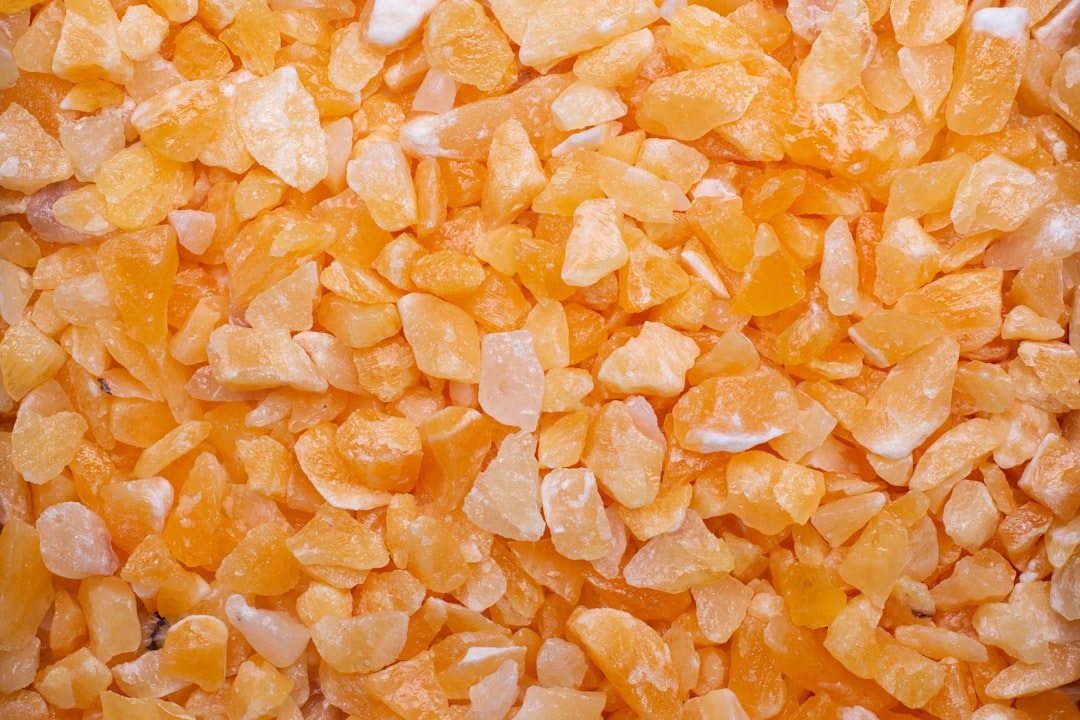What is it about?
* Lignocellulosic biomass and sewage sludge are gaining attention as potential sources of clean and cheap energy to replace fossil fuels. * Combining these residues with coal can improve energy conversion processes, but there is a lack of concrete studies on the blending of these residues. * This review focuses on the thermal co-conversion of biomass/sewage sludge, coal/biomass, and coal/sewage sludge blends using thermogravimetric analysis (TGA). * The review explores the synergistic effects of composition, thermal conversion, and blending for bioenergy production. * It also provides information on operating conditions, properties, and chemical composition that can affect these processes and improve the yield of biofuels. * The study discusses influencing factors and possible decomposition mechanisms, and offers future prospects for the co-thermal conversion of biomass, sewage, coal, and their blends.
Featured Image

Photo by Levi Meir Clancy on Unsplash
Why is it important?
* The review provides a comprehensive analysis of the thermal co-conversion of biomass, sludge, coal, and their blends using thermogravimetric analysis (TGA). * It explores the synergistic effects of composition, thermal conversion, and blending for bioenergy production, which is a unique aspect of the study. * The review also discusses the operating conditions, properties, and chemical composition that can affect these processes, providing valuable insights for improving the yield of biofuels. * Additionally, the study elaborates on the influencing factors and possible decomposition mechanisms, contributing to a better understanding of the co-thermal conversion of biomass, sewage, coal, and their blends. * The work highlights the need for further research in scaling up and cost reduction, as well as the development of computational models to optimize the physical, chemical, and reaction parameters for designing efficient thermal co-conversion processes. * The recommendations provided in the study for future perspective, such as exploring low-energy intensive operations and investigating the economic and environmental concerns, make the work timely and relevant. Overall, this comprehensive review contributes to the understanding and advancement of thermal co-conversion processes for sustainable energy production.
Read the Original
This page is a summary of: A Comprehensive Review on Thermal Coconversion of Biomass, Sludge, Coal, and Their Blends Using Thermogravimetric Analysis, Journal of Chemistry, August 2020, Hindawi Publishing Corporation,
DOI: 10.1155/2020/5024369.
You can read the full text:
Contributors
The following have contributed to this page










